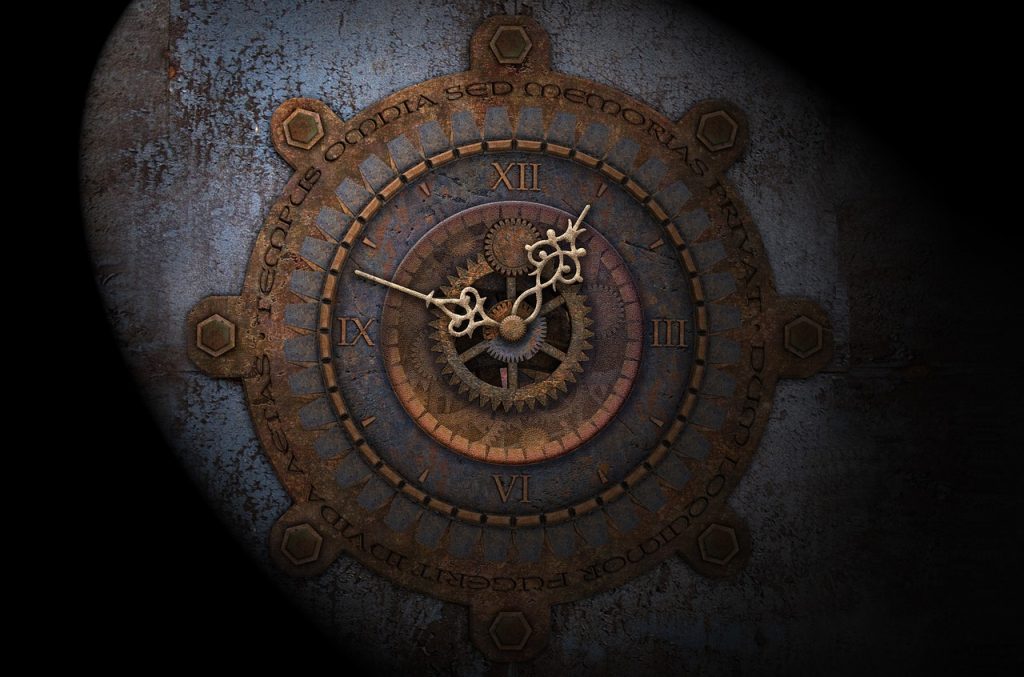CINEMA 4D R16 (C4D) is a vital tool for motion graphics artists visual effects (VFX) artists, and animators alike. This course covers key C4D concepts, such as object hierarchies and relationships, and the essential skills for modeling with primitive objects, splines and generator objects subdivision surfaces, and polygons. It also shows how to give your 3D models realistic-looking surfaces the kind of surfaces that make objects seem bumpy, metallic, shiny, or even transparent with materials and lighting. The course covers key frame animation, camera movement, and C4D’s popular MO Graph module.

Learning Outcomes
By successfully completing the course the participant will be able to do:
- Apply technology and methods of expressions within digital Motion graphics and post production
- Apply techniques within digital motion graphics and post production – Animation, 3D-graphics
- Apply dramaturgical narrative techniques to digital interactive visual design
- Demonstrate an understanding of the communicative capacity of motion graphics
Cinema 4D
- The Cinema 4D workflow
- Differences between 2D and 3D
- Navigating the viewports
- Navigating using a three-button mouse and keyboard shortcuts
- Exploring the interface
- Configuring project settings
- Application preferences
Creating and Understanding Objects
- Exploring object hierarchy
- Creating, selecting, and transforming objects
- Object categories – active and passive objects
- Comparing object types
- The Attribute Manager
- Creating a basic model with primitive and null objects
Working with Splines
- Creating and working with splines
- Selecting and transforming points on a spline
- Nurb types
- Manipulating paths from Adobe Illustrator
Modeling Tools
- Points, edges, and polygons
- Modeling with the Knife tool
- Modeling with the Extrude tool
- Modeling with the Extrude Inner tool
- The Create Polygon and Bridge tools
- Creating a HyperNURBS object
- Creating a simple model
Using Deformers
- Working with deformers
- The Wind Deformer
- The Wrap Deformer
- The Spline Wrap
Materials and Texturing
- Understanding material channels
- Applying materials: Projection methods
- Reflective surfaces / shiny surfaces
- Rough surfaces / bumpy surfaces
- Transparent surfaces
- Using alpha channels to create a label
- Texturing type using multiple materials
Working With Lights
- Understanding how lights work in the 3D world
- Adjusting falloff to limit how light affects objects
- Understanding light types
- Creating and manipulating shadows
- Creating light rays with visible light
- Creating a simple three-point light setup
Keyframes and Animation
- Understanding keyframe animation
- Animating in the Timeline
- The F-Curve Manager
- Create an animated pause
Camera Movement and Control
- Differences between the Editor Camera and a camera object
- Exploring field of view and aspect ratio
- Explaining parallax in camera movement
- Creating a dynamic camera movement
- Refining and previewing a camera movement
Output and rendering
- The render engine
- Render settings
- Rendering still images vs. animation
- Setting up multi-pass rendering for still images
- Batch-rendering multiple files
Compositing in After Effects
- The 3D animation workflow
- Setting up a multi-pass render
- Importing elements into After Effects
- Manipulating 3D renders in After Effects
- Fine-tuning a composition in After Effects
Introduction to MoGraph
- Explaining MoGraph
- Using the Cloner object
- Modifying cloners with Effector objects
- Creating animation with the Fracture object
- Creating abstract shapes with the MoSpline object
- Using the Tracer object to create paths
- Creating realistic movement with MoDynamics



